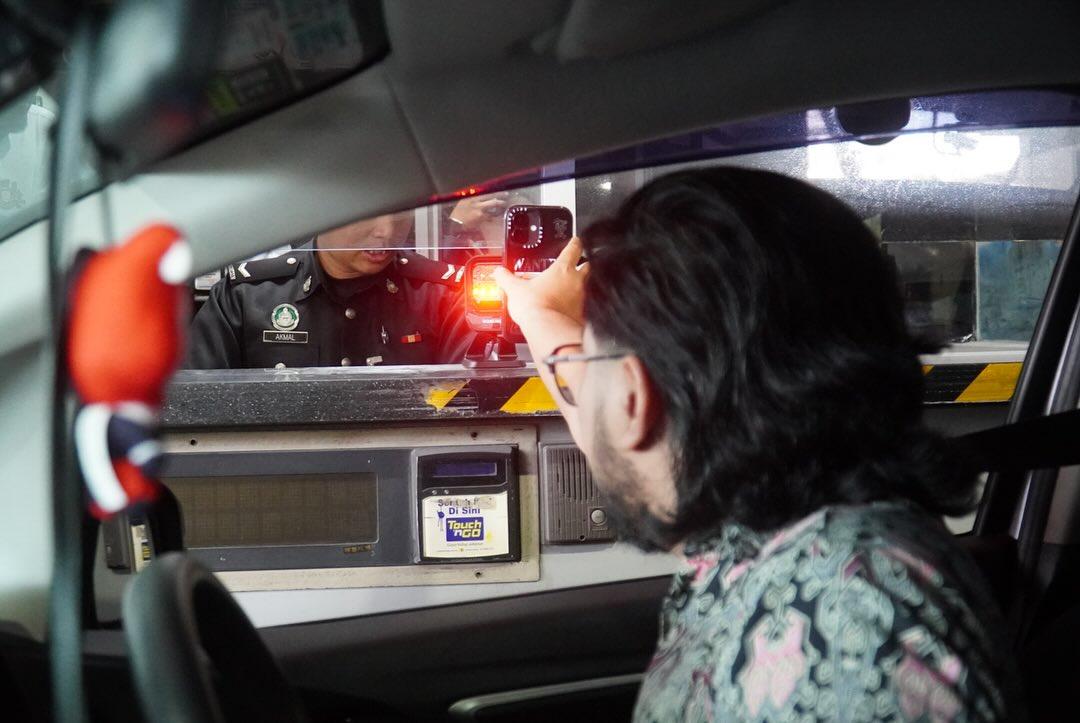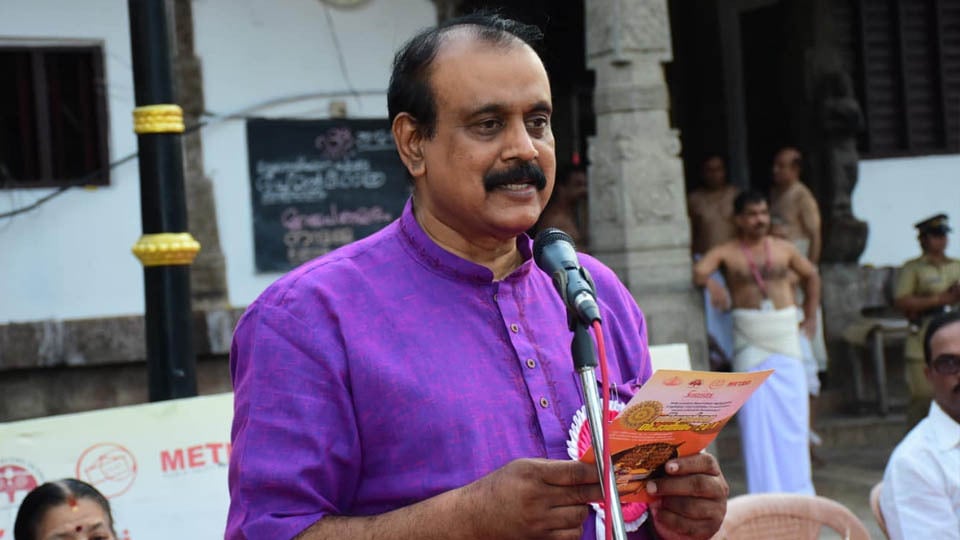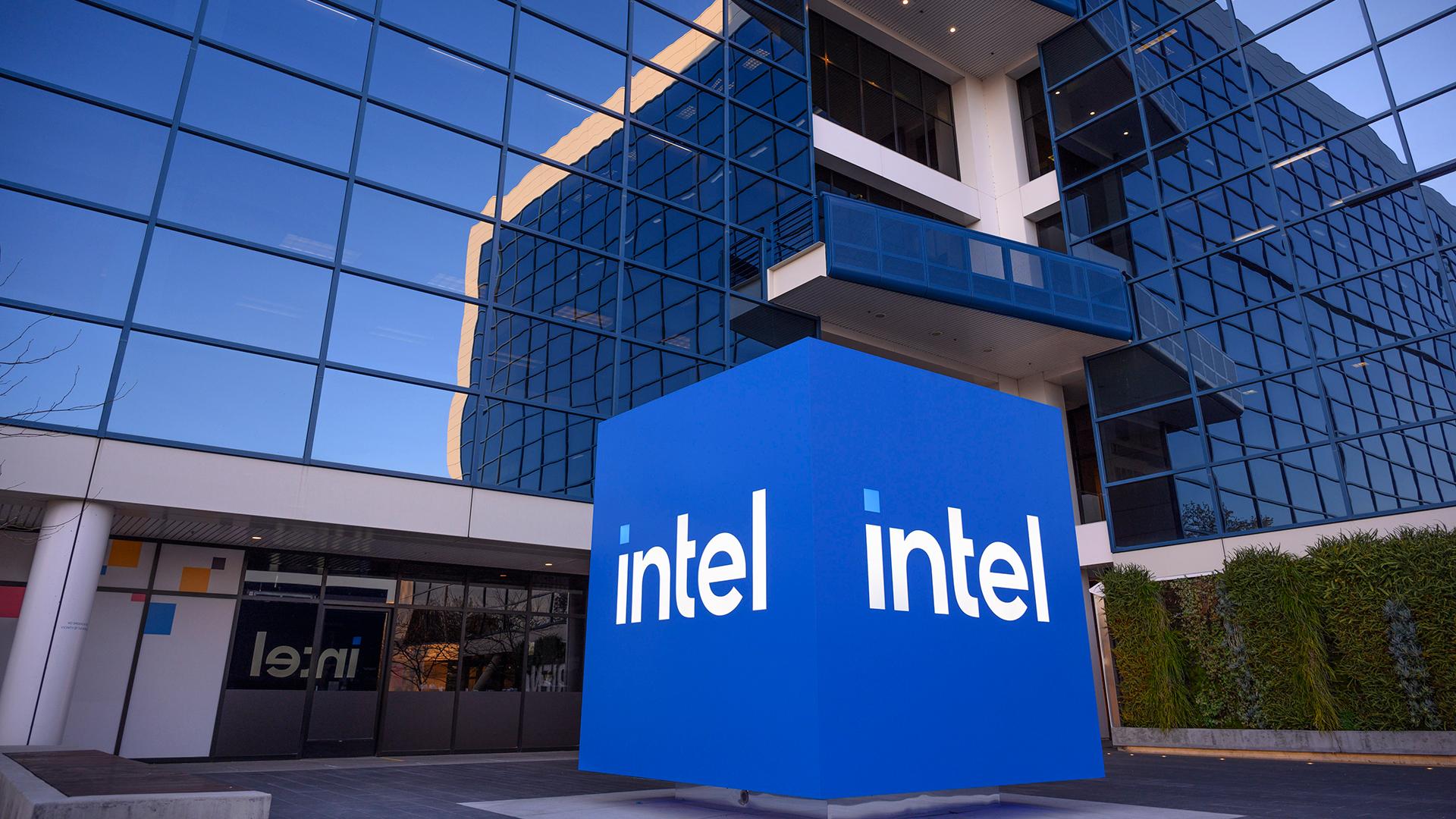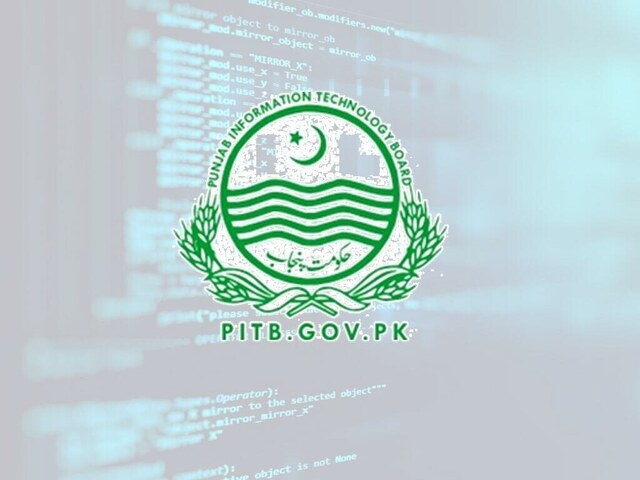By Harith Mustaffa for The Straits Times
Copyright tnp

Singaporeans heading to or from Johor Bahru can soon enjoy passport-less immigration clearance using QR codes, as Malaysia begins a trial run for its National Integrated Immigration System (NIISe) system from Sept 22.
The MyNIISe app will cover Malaysians and travellers from 63 countries and territories, including Singapore, at the two land checkpoints in downtown JB and at the Second Link.
During the trial till Feb 28, 2026, the system will also be rolled out in stages to five airports in Malaysia, including the Kuala Lumpur International Airport’s (KLIA) Terminals 1 and 2, and those in Penang, Kuching and Kota Kinabalu.
The MyNIIse – pronounced “my nice” – app will help reduce congestion at the two Johor checkpoints, which see more than 300,000 people crossing daily.
Madam Kolnah Anam, the project’s core team director from the Malaysian Immigration Department, told The Straits Times that commuters travelling in groups can also clear immigration checks using a single QR code.
This is an improvement over the current MyBorderPass app used by Malaysians, which requires each traveller to scan a QR code for immigration clearance.
She added that the app will also be used for the single immigration clearance system for the upcoming Johor Bahru-Singapore Rapid Transit System (RTS) Link, where passengers will need to clear both Singapore and Malaysia immigration only at the point of departure.
Travellers should still carry their passports or valid travel documents with them.
Johor State Works, Transportation, Infrastructure and Communication Committee chairman Mohamad Fazli Mohamad Salleh said the authorities hope the MyNIIse app will help reduce congestion at the two checkpoints.
“We have been testing the MyNIIse app since August 2025, involving internal staff and select individuals,” he told ST.
As part of the trial, 27 immigration booths at the Johor Bahru checkpoint are equipped to recognise the MyNIIse app: eight booths each for inbound and outbound cars, seven for motorcycles exiting Malaysia, and two each for commuters at the departure and arrival halls.
Meanwhile, at the Second Link checkpoint, 24 booths will be opened: six for cars, four for motorcycles and two for pedestrians per direction.
Mr Fazli said more booths will be added in phases.
While the use of MyBorderPass will continue during the NIISe trial, Malaysians and foreign visitors are encouraged to use the MyNIISe app, Malaysia’s Home Ministry said on Sept 17.
The MyNIISe app is now available on the Apple App Store, Google Play Store and Huawei App Gallery.
MyBorderPass was announced as the sole immigration QR code app for Malaysians in December 2024, after the authorities trialled three different apps for the purpose, which also included MyTrip and MyRentas.
The Home Ministry said that at the end of the trial, the NIISe system will replace current QR code systems as part of efforts to enhance the country’s security screening systems at its borders.
More than 786,000 Malaysians had downloaded the app by March, Malaysian Home Minister Saifuddin Nasution Ismail told Parliament that month.
He said that travellers from 63 countries and territories, and those holding the long-term visit passes, may be allowed to use the QR code system for immigration clearance at Malaysia’s borders beginning Jan 1, 2026. The countries listed included the US, UK, Saudi Arabia, Japan, South Korea and Singapore.
The NIIse system is a multibillion-ringgit project introduced by the Muhyiddin Yassin administration in 2021 to replace its predecessor, the Malaysian Immigration System, which was deemed vulnerable and prone to hacking.
The project was first developed by Iris Corporation Berhad, but its RM1.1 billion (S$340 million) contract was terminated in 2023 due to delays. In October 2024, HeiTech Padu was awarded a new RM892 million contract to complete the system within five years.
The NIISe system’s rollout was moved up from the original schedule of March 2026, the Home Ministry said.
Plans for the new system include the integration of artificial intelligence and facial recognition technology to enhance border security and allow faster immigration clearance.



